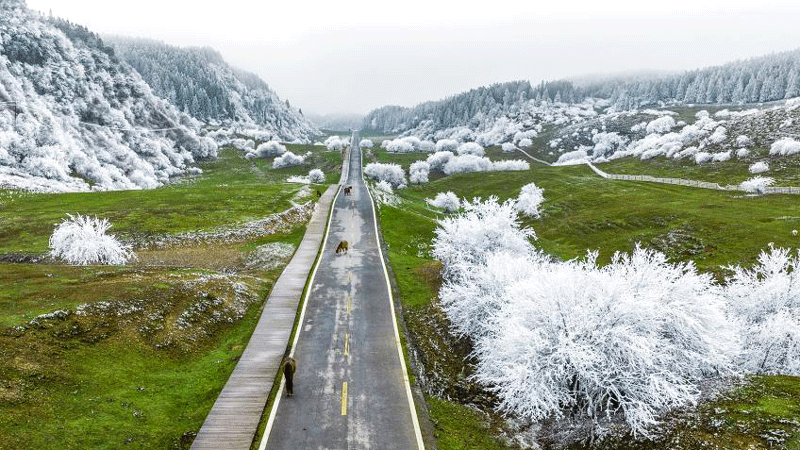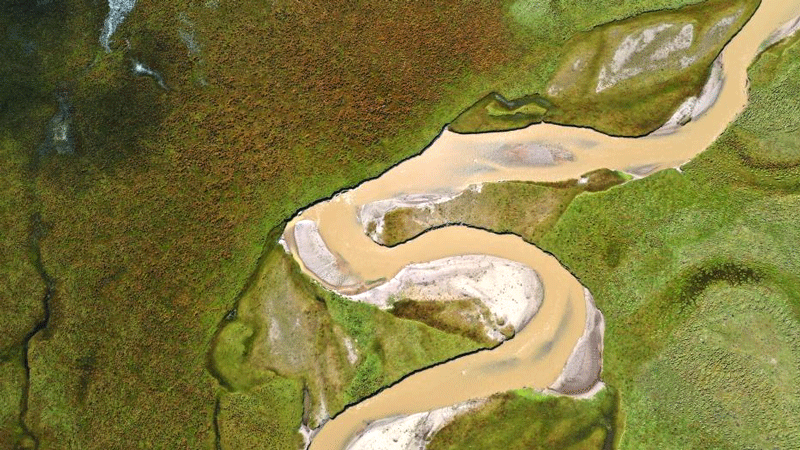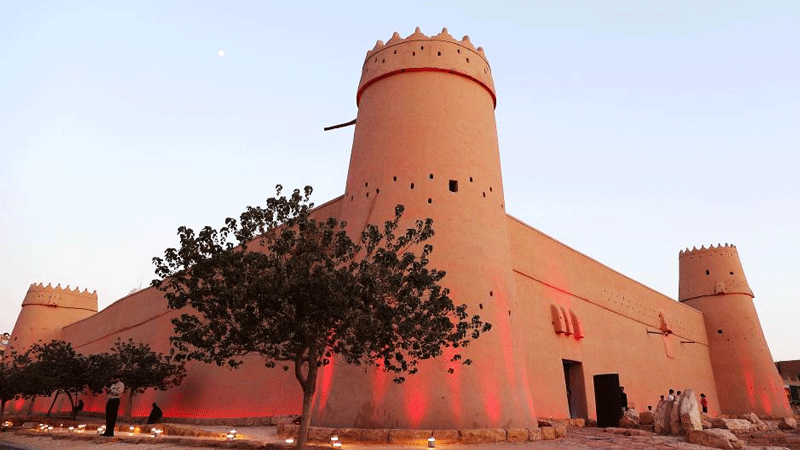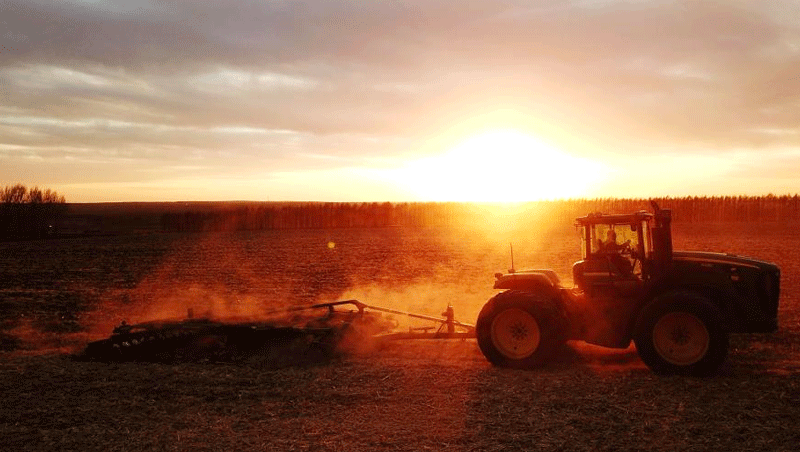Stone carving master in China’s Shandong devoted to developing local inkstone craft
A master of stone carving in east China’s Shandong Province has spent nearly 30 years dedicated to the traditional handicraft of carving inkstones, a traditional Chinese stone mortar used for the grinding and containment of ink.
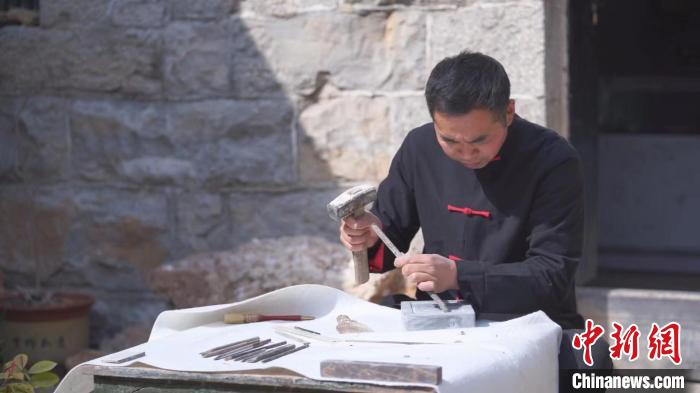
Xu Yongchang works on a Jinshan inkstone. (Photo/Xiao Shouxiang)
“The craft of making an inkstone involves 10 steps, including selecting the stones, leveling them, designing them, the carving and polishing,” said Xu Yongchang, a stone carving master living in Juye county of Shandong.
“The selection of stones lays the foundation for making quality inkstones. It’s important to consider the texture, color, shape, and thickness of a stone,” Xu added.
The Jinshan inkstone is well known locally, and are a new type of Shandong inkstone. The raw stones used in the carving process are sourced from the finished product’s namesake Jinshan Mountain, which is well known for the quality of its mineral and stone deposits.
“In June 2020, Fan Yuqing, a Shandong inkstone master, said stones from Jinshan Mountain were excellent materials for making inkstones thanks to their delicate and diverse texture and different colors,” Xu said.
Xu described how a single Jinshan inkstone fetches anywhere from several hundred to several thousand yuan (100 yuan is equivalent to about $14).
Xu is a native of Qianwangzhuang, a village with a history of over 500 years and is home to many stone carving workshops and artists.
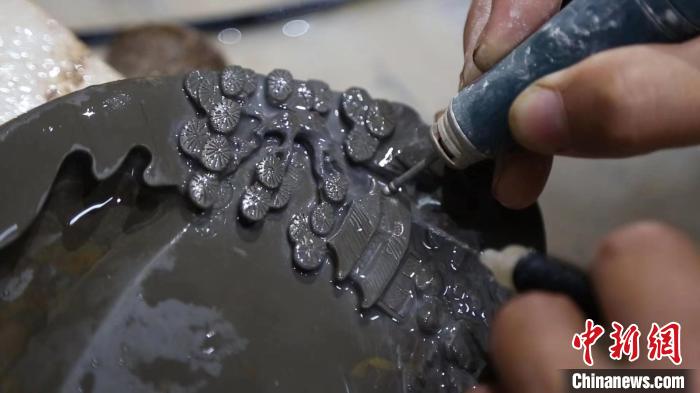
Xu Yongchang works on a Jinshan inkstone. (Photo/Xiao Shouxiang)
Initially attracted by more lifelike stone carvings, Xu developed a strong interest in the art form during his childhood, and started to learn stone carving techniques after graduating from middle school in 1993. He became an apprentice in a stone carving plant and also learned techniques from senior stone carving artists in surrounding villages.
In 2010, Xu learned the techniques from stone carving master Wang Zhonghui and later became a famous stone carving craftsman himself. Xu said the Jinshan stone carving techniques in Juye county have been developed and passed down for over 100 years.
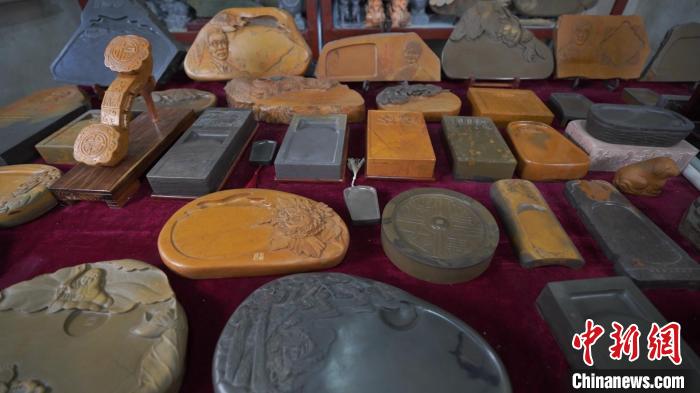
A selection of Jinshan inkstones. (Photo/Xiao Shouxiang)
To Xu, every stone is unique, and designing the finished product according to the conditions of the stone is the key to making a quality inkstone.
While inheriting the traditional stone carving craft, Xu has also developed over 30 original designs of Jinshan inkstone by introducing innovation into the craft, such as adding cultural elements that are unique to Juye county and designing inscriptions on inkstones with various styles of Chinese calligraphy.
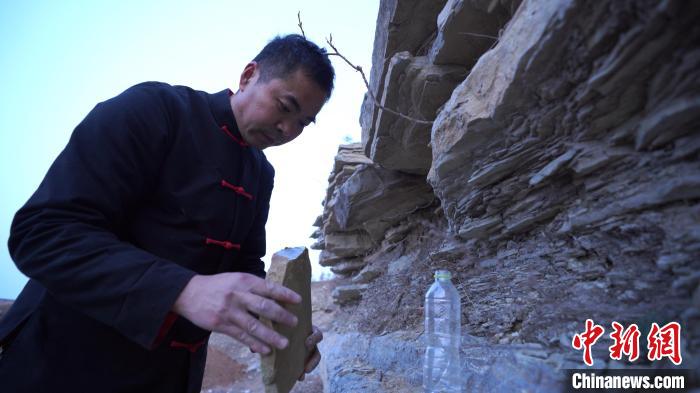
Xu Yongchang selects stones to be carved. (Photo/Xiao Shouxiang)
Recognizing the importance of the art form, Juye county has established a group for further developing the production of Jinshan inkstones.
“Jinshan inkstones have huge potential for development. Because of this, I need to keep improving my carving techniques and give my support to efforts to turn Jinshan inkstones into nationally known cultural products,” Xu said.
Photos
Related Stories
Copyright © 2022 People's Daily Online. All Rights Reserved.






